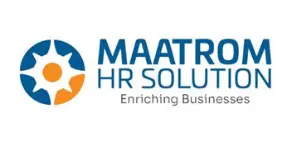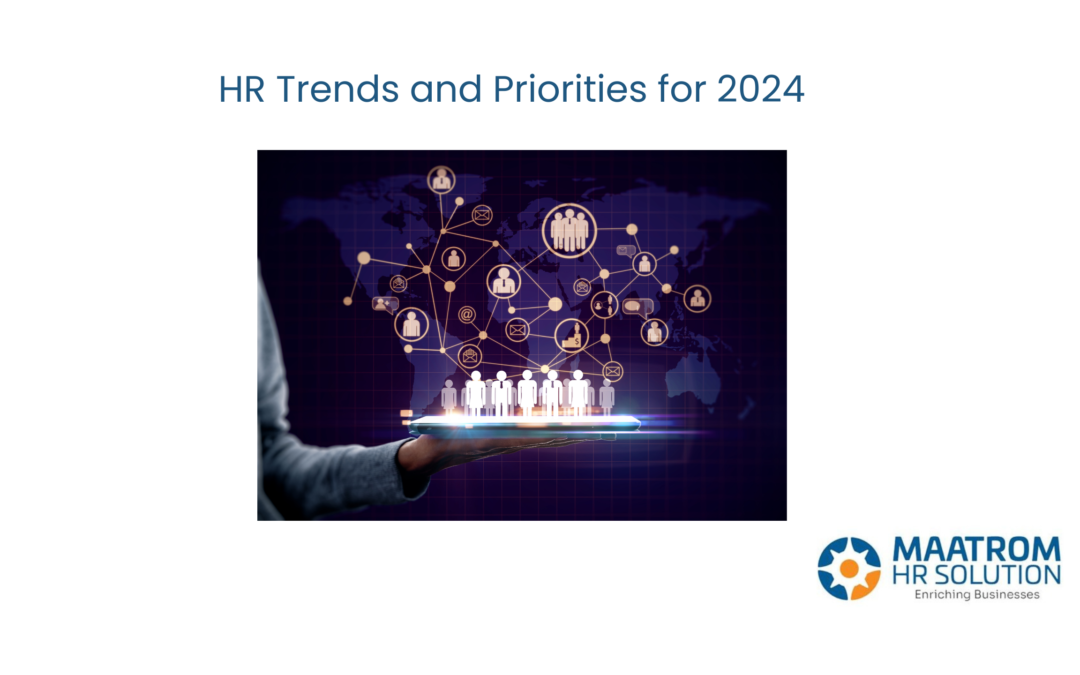The human resources landscape is continuously evolving, bringing both opportunities and challenges for businesses seeking to recruit and retain top talent. As technology, demographics, and employee expectations shift, HR strategies must also adapt to build a motivated and productive workforce.
This blog explores the most impactful HR trends that are predicted to shape employer-employee relationships in 2024. By staying apprised of these forthcoming developments, companies can foster positive work cultures that will drive satisfaction, engagement, and business success in the years ahead.
Delving into the priorities around AI, flexibility, and other emerging HR solutions, this post offers timely insight to help organizations prepare for the road ahead.
1. Increased Demand for Remote and Hybrid Work Models
What began as a temporary adjustment is becoming a permanent fixture of the post-COVID workplace. A recent study found that over 75% of workers want location flexibility in where they work. Both fully remote and hybrid options are being embraced:
Remote Work
- Over 25% of newly advertised roles are fully remote positions
- Remote job postings on LinkedIn increased over 159% from 2019 to 2022
- More companies are hiring remote talent located anywhere in the country or world
Hybrid Models
- A blend of both in-office and remote workdays
- Allows employees to work from home a set number of days per week
- Gives staff greater flexibility without losing all in-person collaboration
The data shows flexible arrangements are the clear preference looking ahead. Rather than resisting this trend, smart employers are evolving their policies to meet rising demand.
Impact on Employee Engagement and Retention
Offering location flexibility has become table stakes for attracting and retaining top talent in 2024’s tight labor market. The positive impacts span:
Employee Satisfaction
- Survey data reveals that 87% of remote workers are happier with their overall work situation
- Fewer distractions and freedom over schedules boost job satisfaction
Workforce Retention
- Flexibility now beats compensation as the main reason employees stay in a job
- Reduces attrition by giving staff more autonomy and control
Productivity & Performance
- A Stanford study found remote workers were 13% more productive on average
- Greater focus and reduced commuting fatigue improve output
The bottom line is that flexible arrangements positively influence workforce dynamics. Smart companies will make hybrid policies permanent to drive engagement, performance, and retention.
2. Advancement in HR Technology
HR teams are increasingly adopting new technologies like artificial intelligence, automation, and people analytics. These innovations are transforming recruiting, employee experience, and data-driven decision-making.
AI and Automation in Recruitment and Onboarding
Cutting-edge HR technology aims to make hiring and onboarding more efficient through automation. Key applications include:
AI Recruiting Assistants
- Screen resumes and surface the best candidates
- Schedule interviews based on analyzed calendaring data
- Enhance sourcing through expanded talent pools
Conversational Chatbots
- Provide personalized support to candidates
- Answer common questions on demand 24/7
- Guide new hires through paperwork and setup
Onboarding Apps
- Automate onboarding checklist reminders
- Deliver training content through interactive portals
- Streamline equipment orders and system access
These tools save recruiters hours of manual work while accelerating hiring velocity. They also provide an enhanced experience for candidates and new employees.
Data-Driven Decision Making
Modern HR software also enables smarter strategic planning through analytics. Key ways data informs human capital decisions:
Workforce Planning
- Modeling to forecast hiring needs based on trends
- Identifying skill gaps that require development
Retention Risk
- Determining indicators that predict attrition
- Enabling targeted interventions to reduce turnover
Performance Management
- Understanding training needs through skills assessments
- Tracking productivity metrics to refine operations
With reliable analytics, people’s decisions become driven by evidence. This reduces risk and boosts the impact of HR programs on the overall business.
Focus on Employee Wellbeing
The events of recent years have spotlighted the importance of employee health, safety, and work-life balance. Supporting people holistically has become a key workforce imperative.
Holistic Health Programs
Companies are taking an expanded view of wellness that looks beyond physical health to also encompass mental and financial stability. Key changes include:
- Enhanced mental health coverage and free access to therapy
- Financial literacy training and personalized money coaching
- Apps that reward healthy behaviors like exercise and sleep
- Regular wellbeing pulse surveys to guide refinements
This more personalized and proactive support empowers the workforce with customized tools matching their needs.
Building a Supportive Culture
Fostering well-being extends beyond programs into cultivating work environments where people can thrive without burning out. Best practices include:
- Values that encourage work-life balance and self-care
- Boundaries that minimize “always on” remote work expectations
- Flexible paid time off policies
- Manager training on spotting mental health struggles
Employee resource groups organized around identities and shared experiences
With heavier workloads and change fatigue persisting, deliberately nurturing cultures that sustain resilience avoids draining corporate cultures and attrition. A focus on holistic employee health promises to uplift both satisfaction and business performance.
Diversity, Equity and Inclusion (DEI) Initiatives
Organizations are moving beyond surface-level diversity efforts to embed meaningful inclusion across policies, processes and culture. This shift brings accountability through outcome-based measurement.
Beyond Tokenism to Genuine Inclusion
In the past, DEI was often treated as a checkbox – pursuing representation without the systemic change needed for underrepresented groups to truly belong. Instead of tokenism, the focus now is authenticity.
- Inclusive hiring practices that eliminate unconscious bias in screening and selections
- Equitable advancement through sponsorships and exposure for high potential diverse talent
- Fostering belonging via leader roundtables that give marginalized voices a forum
- Anti-discrimination policies are strictly enforced without tolerating harassment
This builds diverse organizations where people are welcomed, treated fairly, and empowered to contribute fully.
Measuring Impact
To track progress, strategic DEI plans now incorporate metrics and data, including:
- Representation rates across levels to pinpoint areas of underrepresentation
- Promotion of equity to assess advancement barriers quantitatively
- Double-blind resume reviewing to confirm hiring decisions are unbiased
- Inclusion survey data gathered through pulse checks on feelings of belonging
This measurable approach replaces hypothetical commitments with empirical benchmarks. It also enables refinements that foster authentic, equitable access and engagement.
Conclusion
As this analysis shows, evolving HR trends from flexibility to well-being are reshaping the employee experience. By getting ahead of these developments, HR leaders can drive engagement while future-proofing their workforce. Let Maatrom HR Solution partner with you to create people strategies tailored to these priorities and your organization’s distinct needs.


Recent Comments